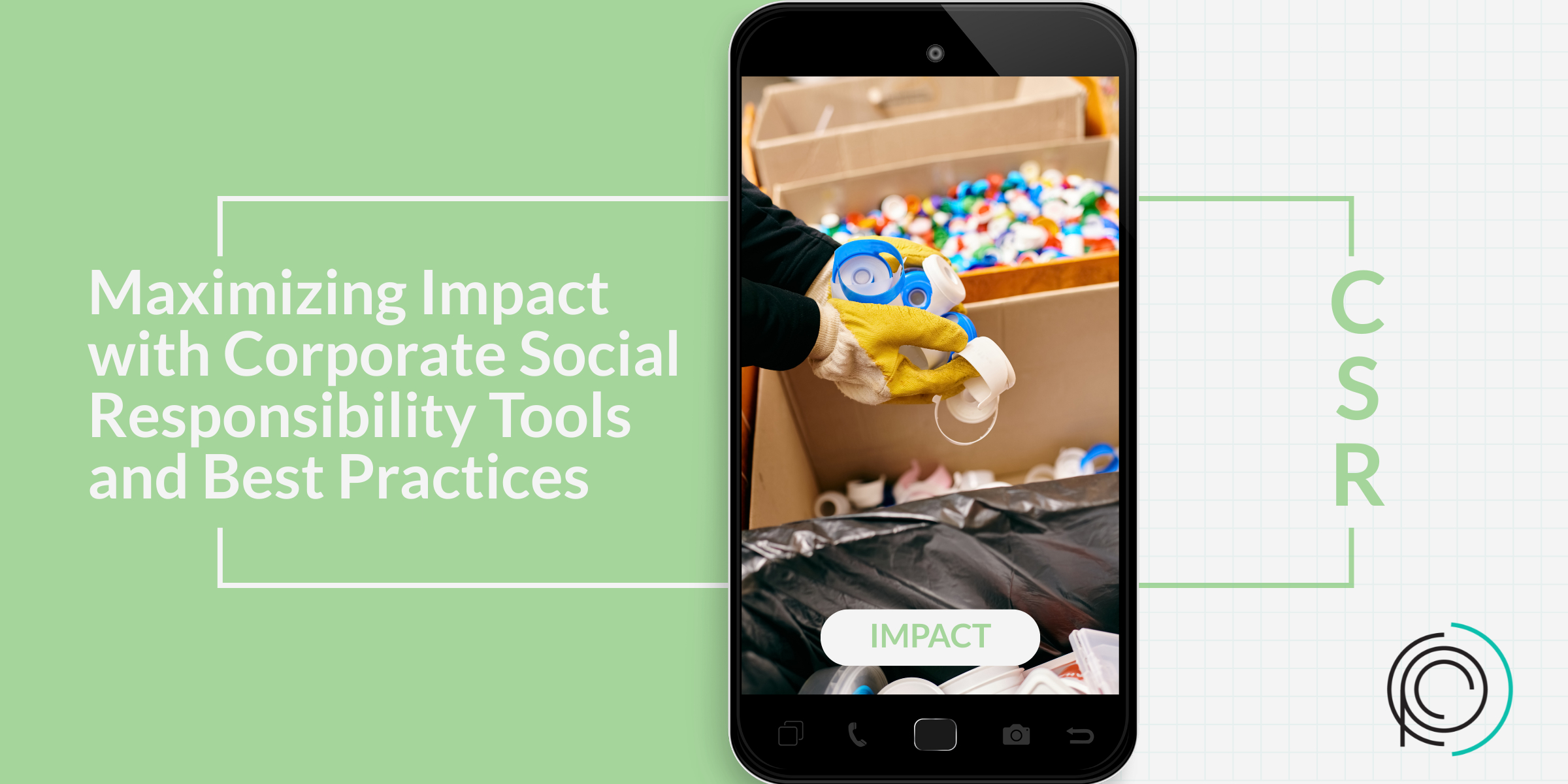Maximizing Resources: Strategic Solutions for Operational Excellence in Higher Education
Higher education institutions face numerous operational challenges, from limited resources to increasing demands for quality education. To navigate these challenges effectively, institutions must seek strategic solutions that maximize their resources. This blog explores various strategies, such as utilizing technology, simplifying processes, and capitalizing on easy-to-use self-service and automation tools, to streamline operations and enhance productivity. Additionally, the blog emphasizes the importance of offering online and remote courses as a means of serving more students and expanding access to education. By implementing these strategic solutions, higher education institutions can address operational challenges and thrive in an ever-changing landscape.
The Importance of Maximizing Resources in Higher Education
Maximizing resources in higher education is crucial for institutions to stay ahead in today’s competitive landscape. With limited funding and increasing demands, institutions must strategically allocate their resources to meet these challenges head-on. By utilizing technology and automation tools, educational institutions can streamline administrative processes, freeing up valuable time and personnel for more important tasks. Additionally, offering online courses and embracing remote learning options can extend the reach of institutions, serving more students and expanding access to education. Maximizing resources also entails optimizing faculty and staff skills through professional development programs, ensuring they are equipped with the necessary tools to excel in their roles. Ultimately, by maximizing resources, higher education institutions can overcome operational challenges and provide quality education to students while maintaining financial stability.
Identifying and Analyzing Operational Challenges
Identifying and analyzing operational challenges is a crucial step for higher education institutions to maximize their resources effectively. By understanding the specific challenges, they face, institutions can develop strategic solutions to address these issues in a targeted and efficient manner.
One of the key challenges faced by many institutions is the rising costs of education. From increasing tuition fees to the expenses associated with maintaining campus facilities, institutions must find ways to optimize their spending without compromising on the quality of education provided. This could involve conducting a thorough analysis of expenses and identifying areas where cost savings can be made without negatively impacting student experiences.
Another operational challenge institutions often face is limited resources in terms of faculty and staff. With growing student enrollment and potentially expanding programs, institutions must carefully manage their human resources to ensure that they are adequately staffed. This could involve analyzing workload distribution, identifying areas where additional support may be needed, and exploring opportunities for collaboration with other institutions or departments.
Moreover, technological advancements pose both opportunities and challenges for higher education institutions. While technology can streamline administrative processes and enhance learning experiences, adopting and integrating new technologies can be costly and time-consuming. Institutions must analyze their current infrastructure and capabilities to determine the most effective and efficient ways to leverage technology to overcome operational challenges.
By identifying and analyzing these operational challenges, higher education institutions can create targeted and tailored strategies for maximizing their resources. Whether it’s through optimizing spending, managing human resources, or adopting technology, institutions can navigate these challenges strategically and maintain their competitive edge.
Strategic Solutions for Resource Optimization
In order to effectively address the operational challenges faced by higher education institutions, it is crucial to implement strategic solutions that optimize resources. These solutions must be targeted and tailored to the specific challenges identified in the previous section. By doing so, institutions can maximize the efficiency and effectiveness of their operations.
One strategic solution for resource optimization is implementing cost-saving initiatives. This could involve conducting a thorough analysis of expenses and identifying areas where savings can be made without compromising the quality of education provided. By streamlining processes, eliminating unnecessary expenditures, and seeking out cost-effective alternatives, institutions can make their budgets go further.
Adopting and integrating new technologies can be a strategic solution for resource optimization. While it may require upfront investments, technology can streamline administrative processes and enhance learning experiences. Institutions should analyze their current infrastructure and capabilities to determine which technologies will provide the greatest operational benefits and leverage them accordingly.
Implementing strategic solutions for resource optimization is essential for higher education institutions to overcome operational challenges. By optimizing spending, managing human resources effectively, and adopting technology, institutions can maximize their resources and maintain their competitive edge. In the next section, we will dive deeper into these strategic solutions and provide practical examples of how they can be implemented in the higher education setting.
Leveraging Technology to Streamline Operations
In today’s digital age, leveraging technology has become a crucial strategic solution for higher education institutions to streamline their operations. By effectively incorporating technological advancements into their processes, institutions can enhance efficiency, reduce manual tasks, and improve overall productivity.
One way to leverage technology is by implementing a robust learning management system (LMS). An LMS can streamline administrative tasks such as student enrollment, course registration, and grading, allowing faculty and staff to focus more on teaching and student engagement. Moreover, an LMS provides a centralized platform for content delivery, collaboration, and assessment, fostering a seamless and interactive learning experience for students.
Another way to leverage technology is through data analytics. By utilizing advanced data analytics tools, institutions can gain valuable insights into student performance, course outcomes, and resource allocation. This data-driven approach enables institutions to identify areas of improvement, optimize curriculum design, and allocate resources effectively. Additionally, data analytics can aid in predicting student success, enabling early interventions to support struggling students and enhance retention rates.
Furthermore, integrating cloud-based solutions can significantly improve operational efficiency. Cloud platforms offer scalable storage solutions, enabling institutions to securely store and access vast amounts of data without relying on physical infrastructure. Additionally, cloud-based collaboration tools enhance communication and productivity, allowing faculty, staff, and students to collaborate seamlessly across various locations.
Technology is a powerful tool that higher education institutions can leverage to streamline their operations. By adopting a comprehensive learning management system, utilizing data analytics, and integrating cloud-based solutions, institutions can maximize their resources, enhance efficiency, and provide an exceptional learning experience. In the next section, we will further explore the practical aspects of implementing these technological solutions in higher education institutions.
Collaboration and Partnerships: Building Alliances for Success
Collaboration and partnerships are essential for higher education institutions to overcome operational challenges and maximize their resources. By forging alliances with other institutions, industry partners, and community organizations, institutions can tap into a wider pool of expertise, resources, and opportunities.
One way to foster collaboration is through networking with other institutions in the higher education sector. By sharing best practices, exchanging ideas, and collaborating on research projects, institutions can leverage each other’s strengths and navigate common challenges. This collaboration also opens doors for joint initiatives, such as shared courses or programs, which can lead to significant cost savings and expanded offerings for students.
Furthermore, partnerships with industry partners can offer valuable insights into the evolving job market and help institutions align their curricula with industry needs. These partnerships can lead to internship and job placement opportunities, providing students with real-world experiences and enhancing their employability after graduation.
Additionally, engaging with community organizations can create mutually beneficial partnerships. Institutions can contribute their expertise and resources to community projects and initiatives, fostering a sense of social responsibility and enhancing their reputation in the community. These partnerships can also open doors for community-based research collaborations, addressing local challenges and providing practical solutions.
Collaboration and partnerships are vital for maximizing resources and addressing operational challenges in higher education institutions. By building alliances with other institutions, industry partners, and community organizations, institutions can tap into diverse resources, generate new opportunities, and provide students with a holistic learning experience.
Continuous Improvement: Monitoring and Evaluating Strategies
To ensure the effectiveness of strategies implemented to overcome operational challenges and maximize resources, higher education institutions must prioritize continuous evaluation and improvement. Monitoring the outcomes and impacts of these strategies is crucial in determining their success and identifying areas for enhancement.
Regular assessments can provide valuable data and insights that inform decision-making processes. By collecting and analyzing data on student performance, satisfaction, and engagement, institutions can identify strengths and weaknesses in their approaches. This data can guide adjustments to strategies, ensuring they align with the evolving needs and expectations of students, faculty, and staff.
Evaluating the effectiveness of collaborations and partnerships is equally important. Institutions should establish mechanisms for measuring the impact of these alliances, such as tracking student placements in industry internships or monitoring community projects’ outcomes. This evaluation process allows institutions to refine and strengthen these collaborations, ensuring meaningful and long-lasting impacts that benefit all parties involved.
Adapting to changing circumstances is necessary for the success of any institution. By continuously monitoring and evaluating strategies, higher education institutions can adapt and improve their approaches to effectively address operational challenges and maximize their resources. In the next section, we will discuss the role of technology in enhancing operational efficiency and resource utilization in higher education institutions.
Embracing Strategic Solutions for a Stronger Future in Higher Education
In conclusion, embracing strategic solutions is crucial for higher education institutions to thrive in the face of operational challenges. By continuously evaluating and improving strategies, institutions can ensure their effectiveness and identify areas for enhancement. Regular assessments provide valuable data on student performance and engagement, allowing institutions to make informed decisions and adjust strategies accordingly.
Furthermore, evaluating collaborations and partnerships is essential for maximizing resources. By measuring their impact, institutions can refine and strengthen these alliances, ensuring long-lasting benefits for all parties involved. Adapting to changing circumstances is necessary for success, and continuous monitoring and evaluation of strategies are vital in achieving this. If you would like to discuss how to identify and streamline your internal operations connect with one of our experts today.







